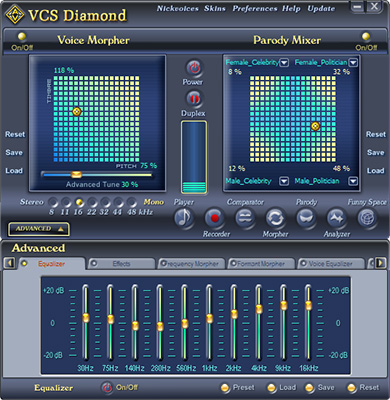
#VCS DIAMOND TO LOW FULL#
But in the meantime, we advocate for buyers of carbon credits to more fully recognize the full picture of value creation made possible by these projects.įig. Gold Standard’s holistic standard, Gold Standard for the Global Goals, aims to address this discrepancy by more rigorously quantifying the beyond-carbon benefits in a consistent and comparable way. This is why there is a big gap between the average historical prices for carbon credits compared to the economic value of impacts they deliver as noted in Figure 3. But they ultimately yield to the forces of supply and demand, without safeguards such as a minimum price. For example, prices for community-based clean cookstoves projects, which often deliver life-saving health benefits to women and children, are generally higher than, for example, large-scale renewable energy projects.

Prices in the voluntary carbon market do reflect some of these “economic value” principles. The economic value of Gold Standard project impacts per tonne of CO2 can be seen in Figure 3. The conclusion was that projects that follow safeguards, engage local stakeholders and provide development benefits beyond climate create shared value worth billions of (US equivalent) dollars. To take this a step further and shine a light on the value above and beyond carbon mitigation, Gold Standard commissioned economists to conduct a comprehensive valuation of the socio-economic benefits delivered by our projects.
#VCS DIAMOND TO LOW HOW TO#
The formula below shows how to calculate the Fairtrade Minimum Price for Energy Efficiency, Renewable Energy and Afforestation/Reforestation projects

#VCS DIAMOND TO LOW PLUS#
It calculates a minimum price that ensures the average costs of the projects will be covered, plus an additional "Fairtrade Premium" on top that goes directly to the local community to fund activities that help them adapt and become more resilient to an already changing climate.įairtrade minimum prices for eligible project types: The Fairtrade minimum pricing model (Figure 1) is an example of how this works in practice.

Gold Standard believes that organisations and individuals have an opportunity to consider longer-term environmental and social impacts of their investment decision and consider both the costs and true value of project outcomes.Ī cost-based model takes into account the implementation costs of a project and is used to help ensure the on-going viability of projects. Further, neglecting to fully account for the real value they deliver in beyond-carbon development benefits can accelerate a race to the bottom, meaning that the highest quality projects might be the first to fail. However, what if that objective is the security of our climate and providing access to basic human rights such as food, water, education and good health? Paying for carbon credits at prices below what it costs to maintain a project means that these projects may stop operating in the vulnerable communities they support. Markets can be very effective for driving competition and reducing the cost of accomplishing an objective. The voluntary carbon market today is primarily driven by supply and demand, regardless of the implications to the project in terms of long-term viability. Economic values are usually expressed in terms of marginal/incremental changes in the supply of a good or service, using money as the metric (e.g., $/unit).Īs environmental markets like the voluntary carbon market mature, they can grow to account for a number of different approaches to pricing their assets, including carbon credits. In more technical terms, the sum of individual preferences for a given level of provision of that good or service.

The Natural Capital Protocol provides a good basis for its different aspects:


 0 kommentar(er)
0 kommentar(er)
